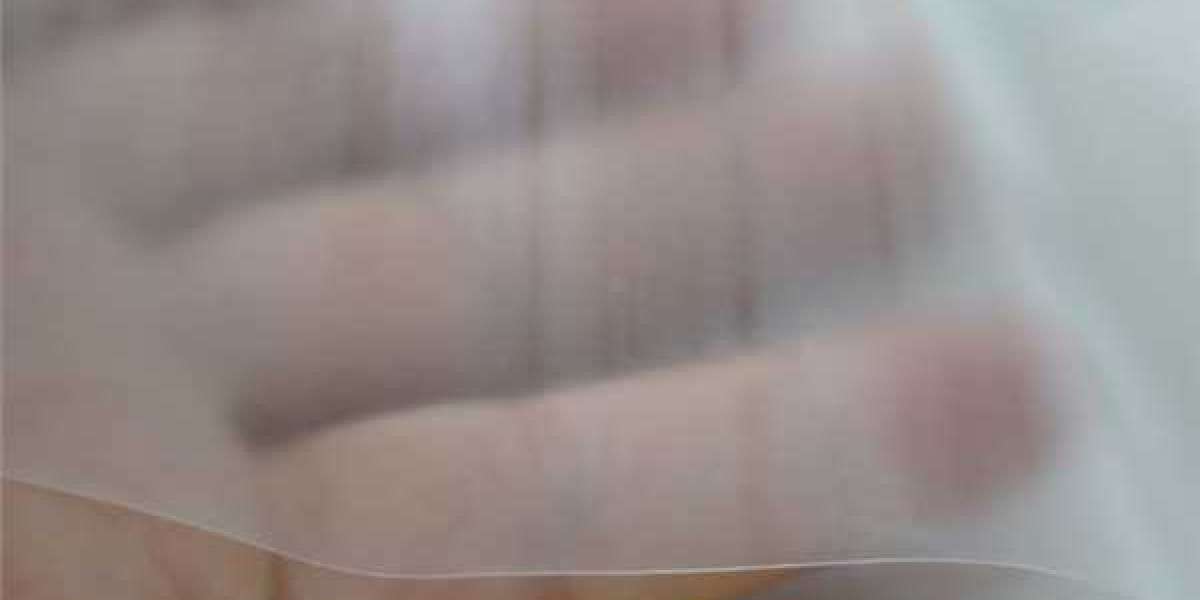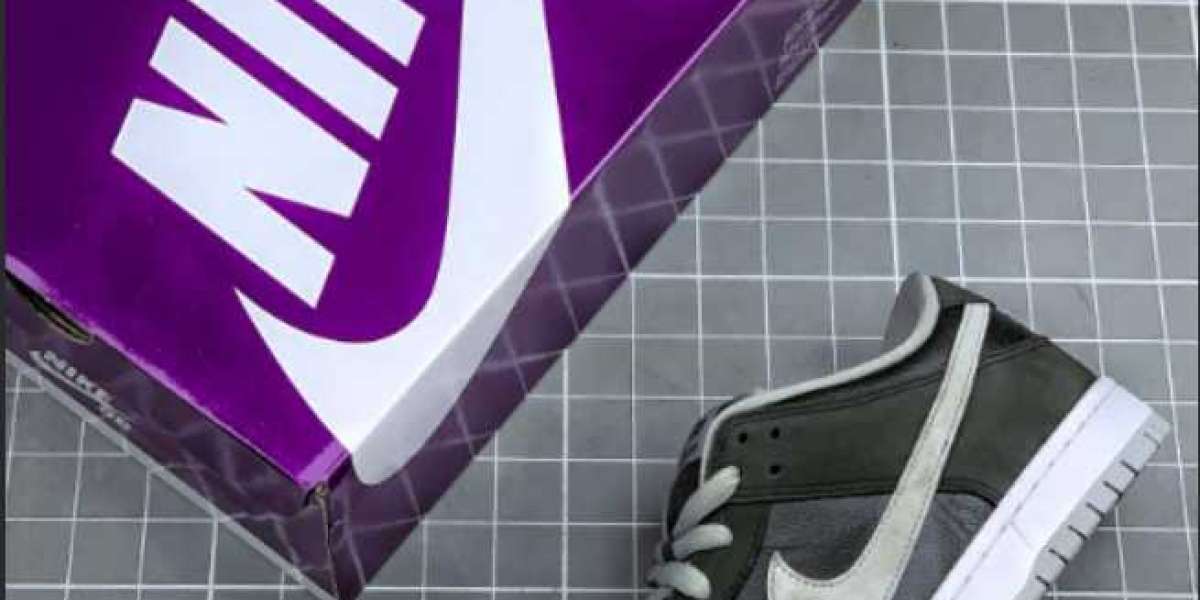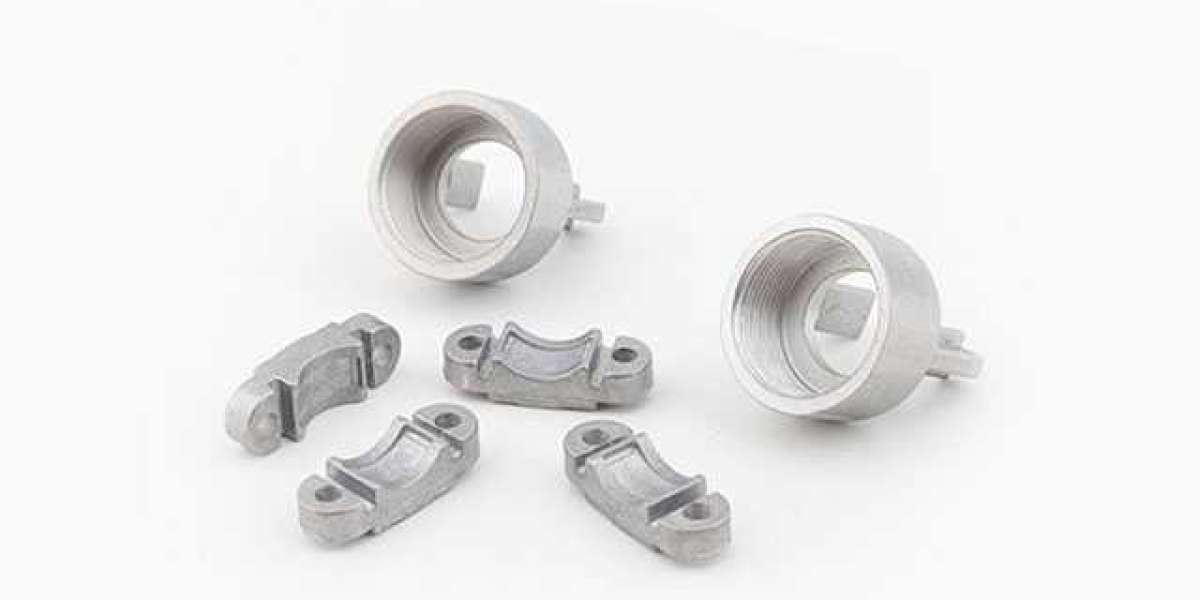An Examination of the Polyester Hot Melt Adhesives Industry, Categorized Based on Form
In the year 2021, the market for polyester hot melt adhesives in powder form was the segment that held the largest share of the market. This was due to the fact that powder form was the most common form of the product. The textile and apparel industry may benefit from the powder form because of the powerful adhesion properties that it possesses. In addition to this, it is unaffected by the effects of various types of weather, it can withstand the effects of being washed, and it can be cleaned using methods that do not involve the use of water. When compared to the other types of polyester hot-melt adhesive film, the powder form of these adhesives is the one that has the least detrimental effect on the environment in the immediate vicinity. This is because the powder form of these adhesives is in a finer particle size. In addition to these applications, it can also be utilized as an embroidery sticker, an adhesive for trademarks, a material for armbands, fabric, fabric composites, and in a variety of other settings. In addition to that, it is utilized in the production of a wide variety of products, including cases, bags, electronic devices, and toys, amongst other things, across a number of distinct business sectors.
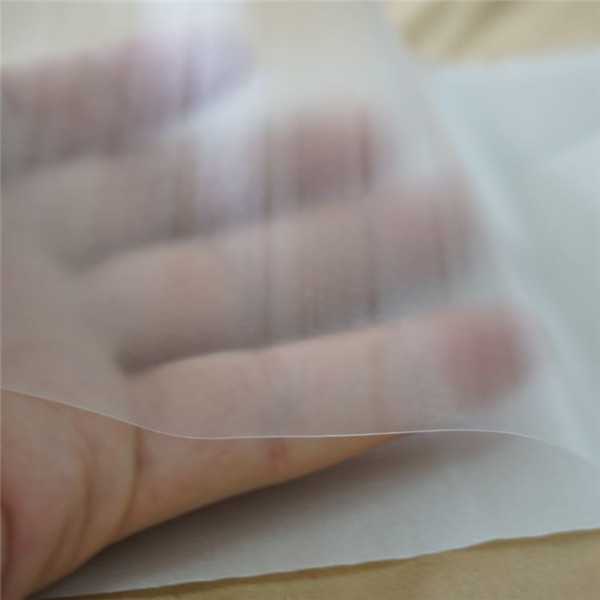
Therefore, it is anticipated that the primary factor driving market growth during the aforementioned forecast period will be the increasing utilization of polyester hot melt adhesives in powder form. These adhesives are expected to be utilized more frequently.
An analysis of the numerous submarkets for polyester hot melt adhesives, based on the various industries that make use of these adhesives in their products.
In 2021, the automotive industry accounted for the largest share of the polyester hot melt adhesives market, and it is anticipated that this share will increase at a compound annual growth rate (CAGR) of 6.9% between the years 2022 and 2027. This expansion is going to be driven by an increase in demand for adhesives that are used in the production of automobiles. The automotive industry makes use of polyester hot melt adhesives for the purpose of securing the ventilation filter components of vehicles. Polyester adhesives have a crystalline structure and a solid state when they are in their normal state, which occurs when the temperature is at room temperature. In addition to this, they are resistant to high temperatures, oil, and other non-polar solvents, and they become much more rigid very quickly after being subjected to these factors. As a direct result of this, they are appropriate for use in processes that involve the utilization of oil filters. Thermoplastic adhesives of the polyester hot melt variety are the type that are used in the assembly of both the interior and exterior components of motor vehicles. These adhesives are utilized in the manufacturing process of thermoplastics. PVC, polyester, polycarbonate, copper, steel, aluminum, paper-based fabrics, leather, and non-woven fabrics are some of the materials that are compatible with the use of these adhesives.
In addition to that, these adhesives are utilized in regions that do not possess a smooth surface and are applied there. In the year 2020, it is anticipated that the nation of India will have manufactured a total of 26.36 million automobiles, as stated by the estimates provided by the India Brand Equity Foundation. The India Brand Equity Foundation also estimates that the increase in the production of domestic automobiles occurred at a compound annual growth rate (CAGR) of 2.36% between the years of 2016 and 2020. This growth in production is expected to continue until the year 2020. In addition, there was an increase in the sales of overall domestic automobiles between the years 2016 and 2020, with a compound annual growth rate (CAGR) of 1.29% and a total of 21.55 million vehicles sold by the end of the period. This growth resulted in an increase in overall domestic automobile sales. It was observed that there was a rise in sales. As a direct result of the rising production and sales of automobiles, it is anticipated that there will be an increase in the demand for polyester hot melt adhesives over the next few years.
This will be a direct cause of the rise in demand. This is because there will be an increase in the number of automobiles that are sold. The increase in the level of consumer demand would be the single most important factor that would contribute to the expansion of the market.
An analysis of the many different submarkets for polyester hot melt adhesives, based on the geographical distribution of these submarkets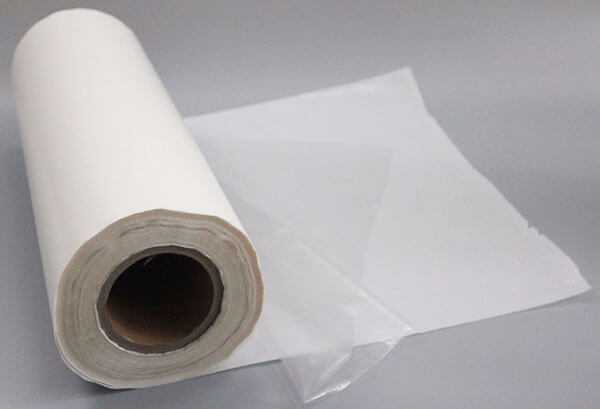
In the year 2021, the Asia-Pacific region held a share of 35% of the market for polyester hot melt adhesives, establishing itself as the region that dominated the market. Both in terms of consumption and production, China and India are the two most important countries for polyester hot melt adhesives. China is the largest consumer, while India is the largest producer. The Asia-Pacific region is one of the most important producers of polyester hot-melt adhesive film, making it one of the most important producers overall. This means that the region is one of the most important producers in the world. Polyester hot melt adhesives are utilized for a wide variety of purposes, including industrial assembly, the packaging of food and medical supplies, the production of electrical components, heat seal coatings, textile laminates, ink binders, and label adhesives. These adhesives are also utilized in a number of other applications, such as ink binders and label adhesives. In addition to these applications, polyester hot melt adhesives find use in a variety of other contexts. The expansion of a variety of end-use industries, such as the transportation industry, the food and beverage industry, the building and construction industry, and others, has been another factor that has contributed to the growth of the market for polyester hot melt adhesives.
As an illustration, the World Bank forecasts that the building and construction industry will reach US$ 11.90 quadrillion in the year 2020, which is equivalent to an increase of approximately 4.2% when compared to 2019. In addition, the Organization Internationale des Constructeurs d'Automobiles (OICA) reports that the number of motor vehicles manufactured in Austria increased from 1,64,900 units in the year 2018 to 1,79,400 units in the year 2019. This increase came about as a result of an increase in the number of motor vehicles manufactured in Austria. This increase is attributable to an increase in the number of motor vehicles that were manufactured in Austria, which led to the increase. The number of motor vehicles that were produced in Vietnam increased from 2,37,000 units in 2018 to 2,50,000 units in 2019. This represents a significant year-over-year increase.2019 marked the year that this increase was put into effect. It is anticipated that over the course of the coming few years, there will be an increase in the demand for polyester hot melt adhesives. Case in point:This is due to the fact that there is a continuously growing demand for automobiles, which has resulted in an increase in the production of automobiles.
As a result of this, it is anticipated that the increasing utilization of polyester hot melt adhesives across a wide variety of end-use industries will be the primary driver of market growth over the course of the forthcoming time period.
